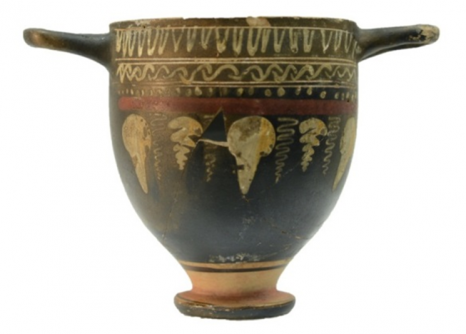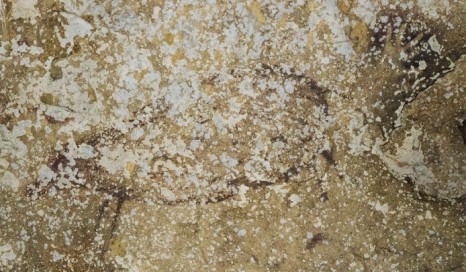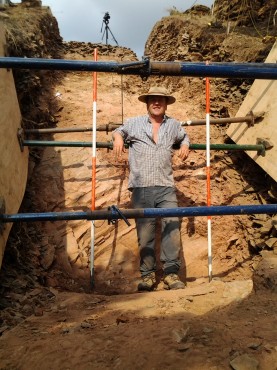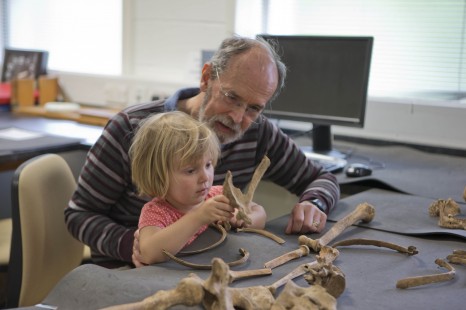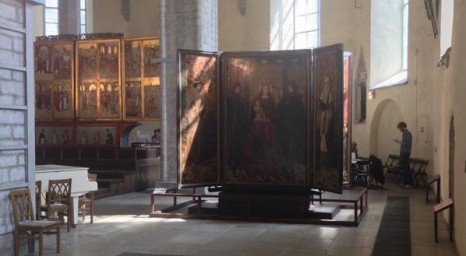Archaeologists discover evidence of prehistoric gold trade route
Archaeologists at the University of Southampton have found evidence of an ancient gold trade route between the south-west of the UK and Ireland. A study suggests people were trading gold between the two countries as far back as the early Bronze Age (2500BC).
The research, in collaboration with the University of Bristol, used a new technique to measure the chemical composition of some of the earliest gold artefacts in Ireland.
Continue reading →

